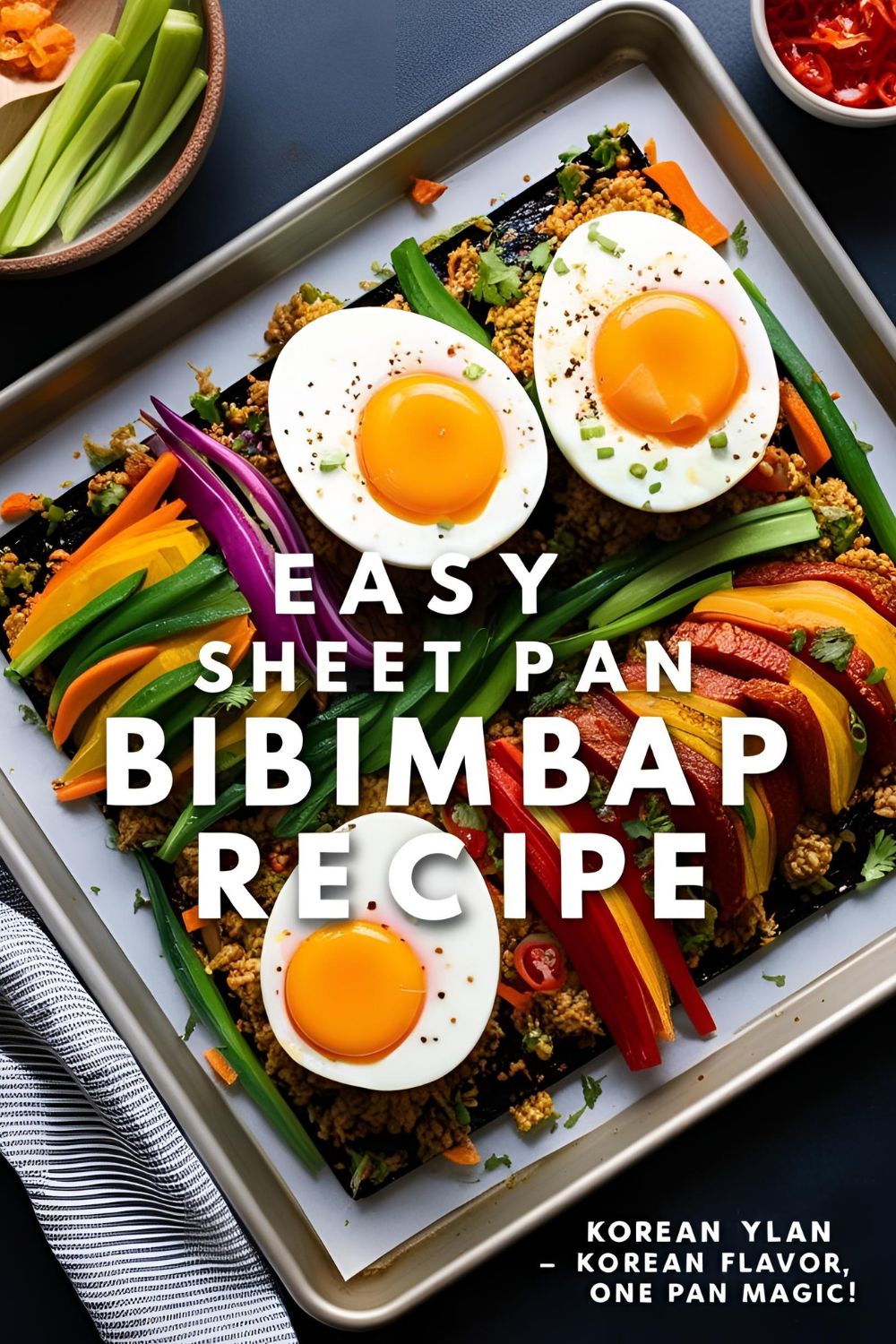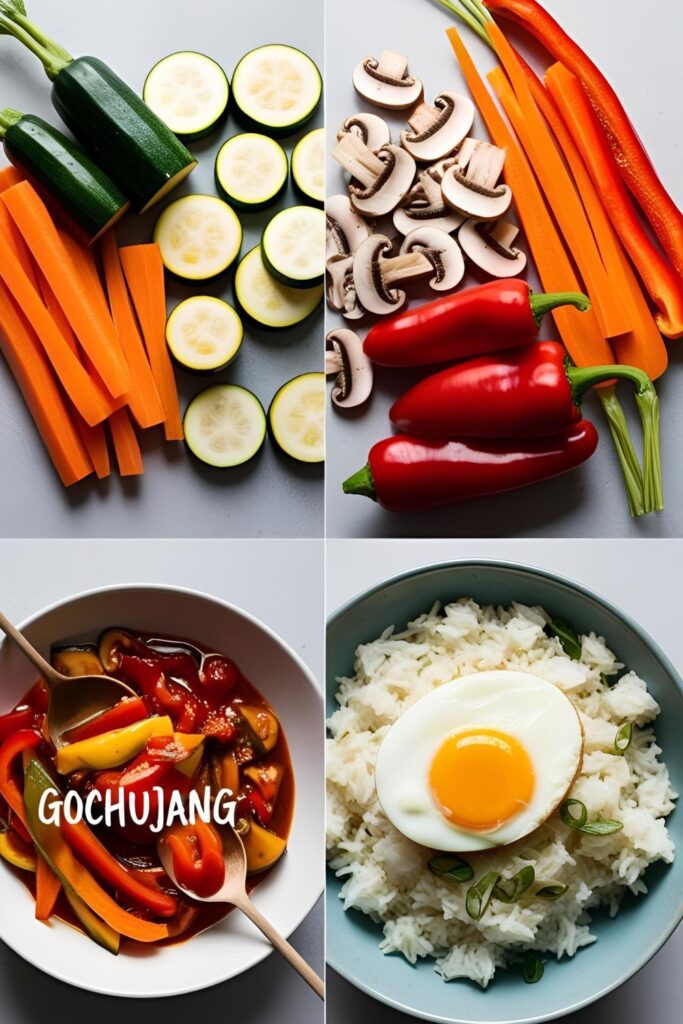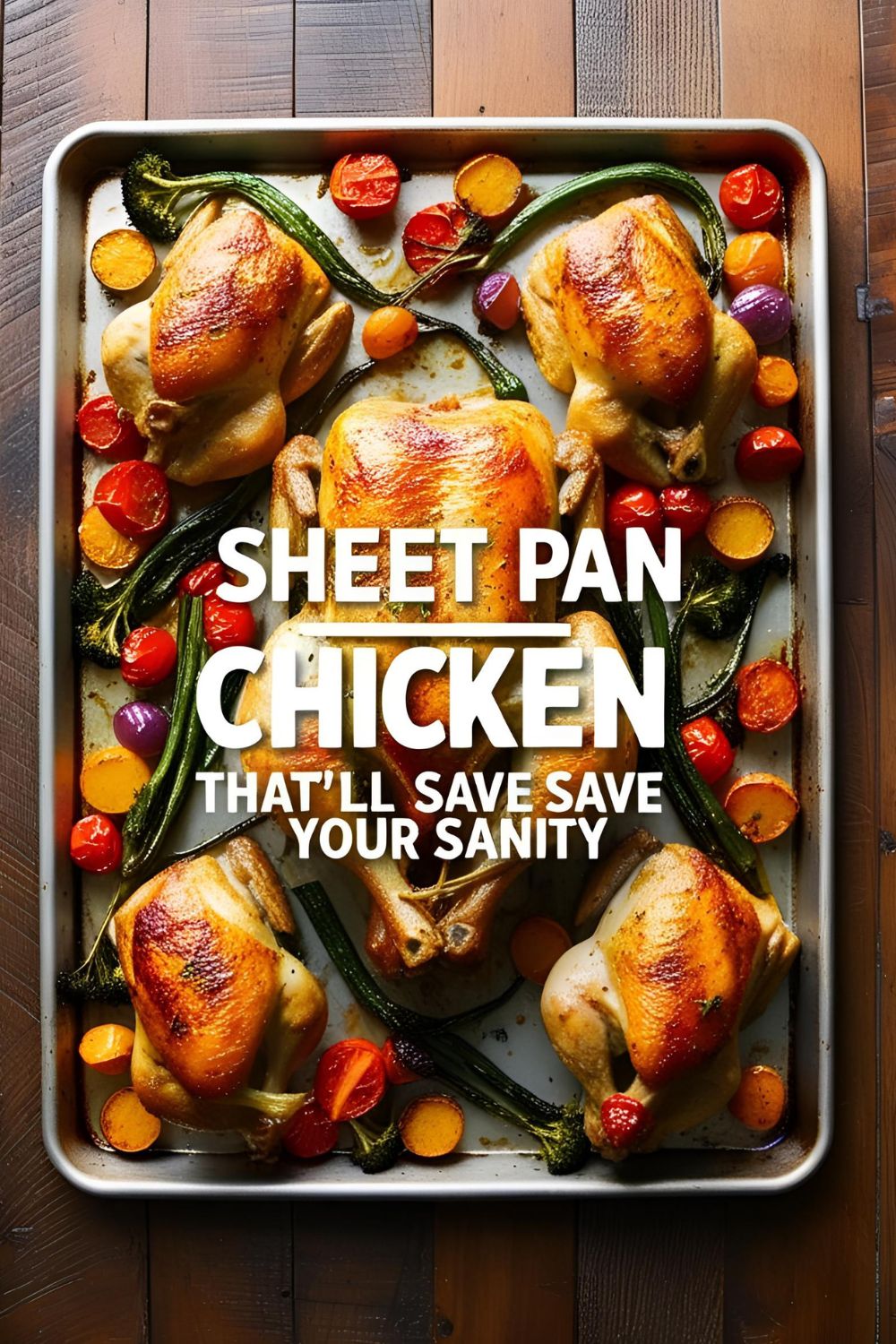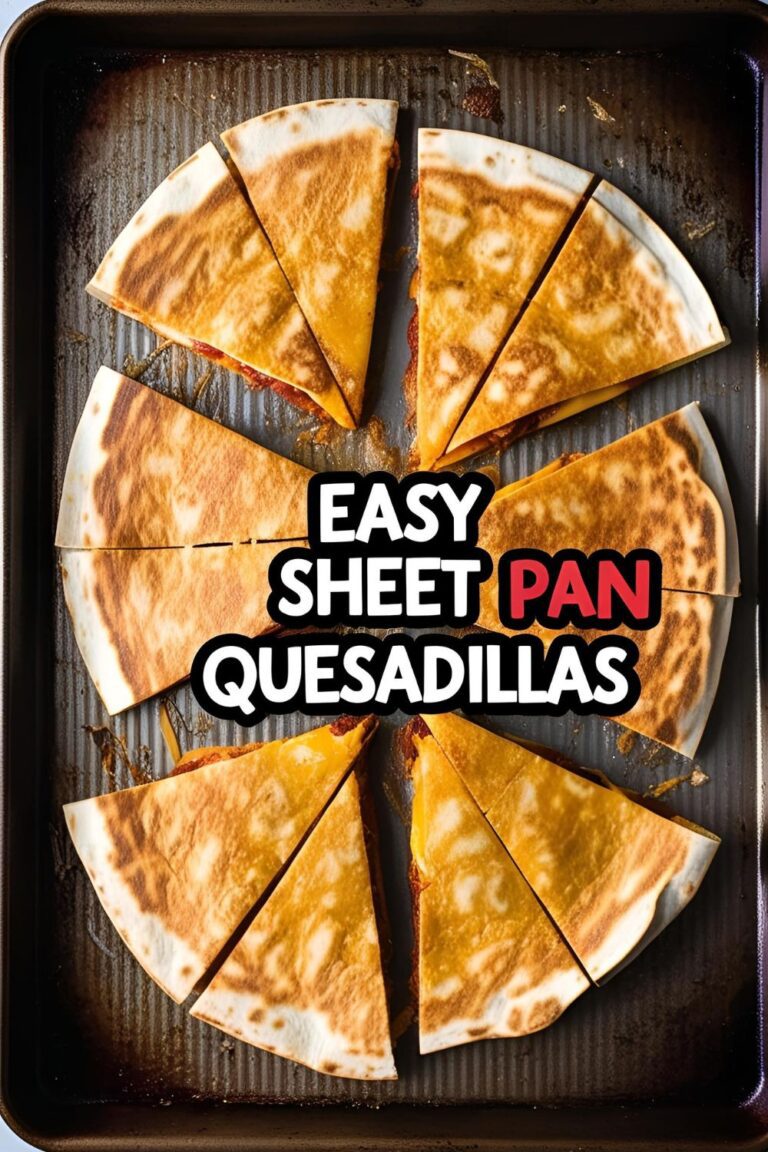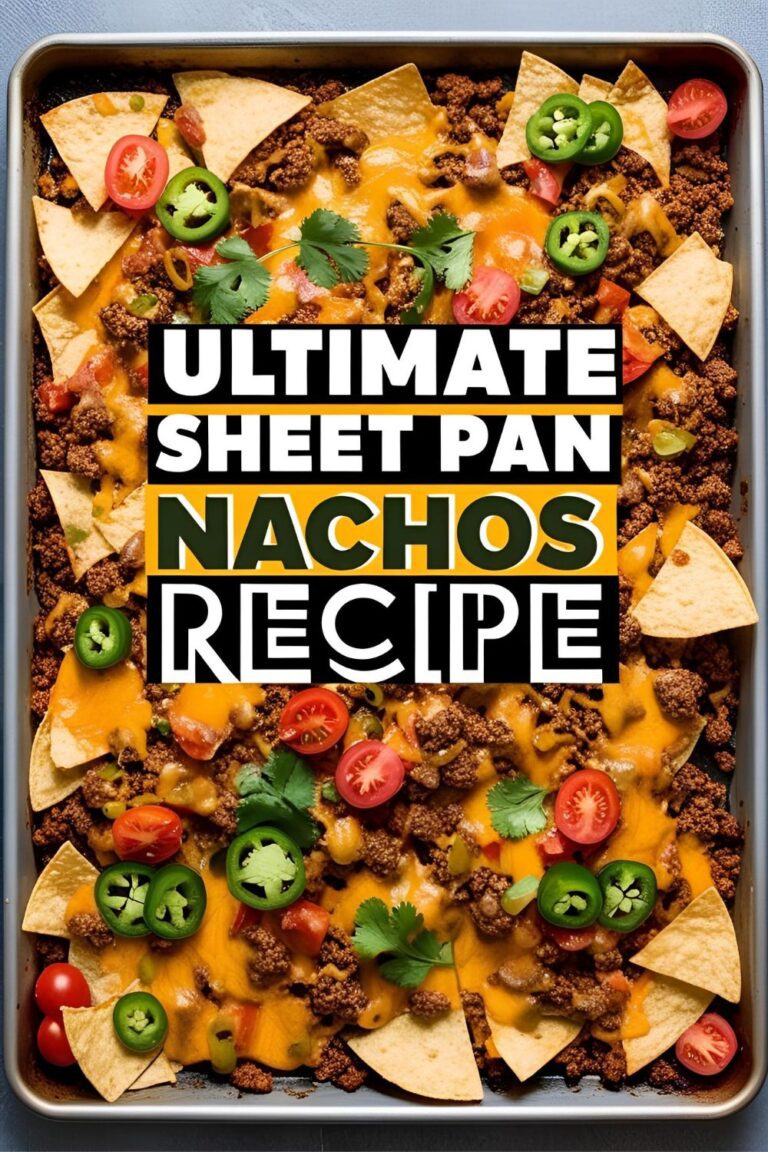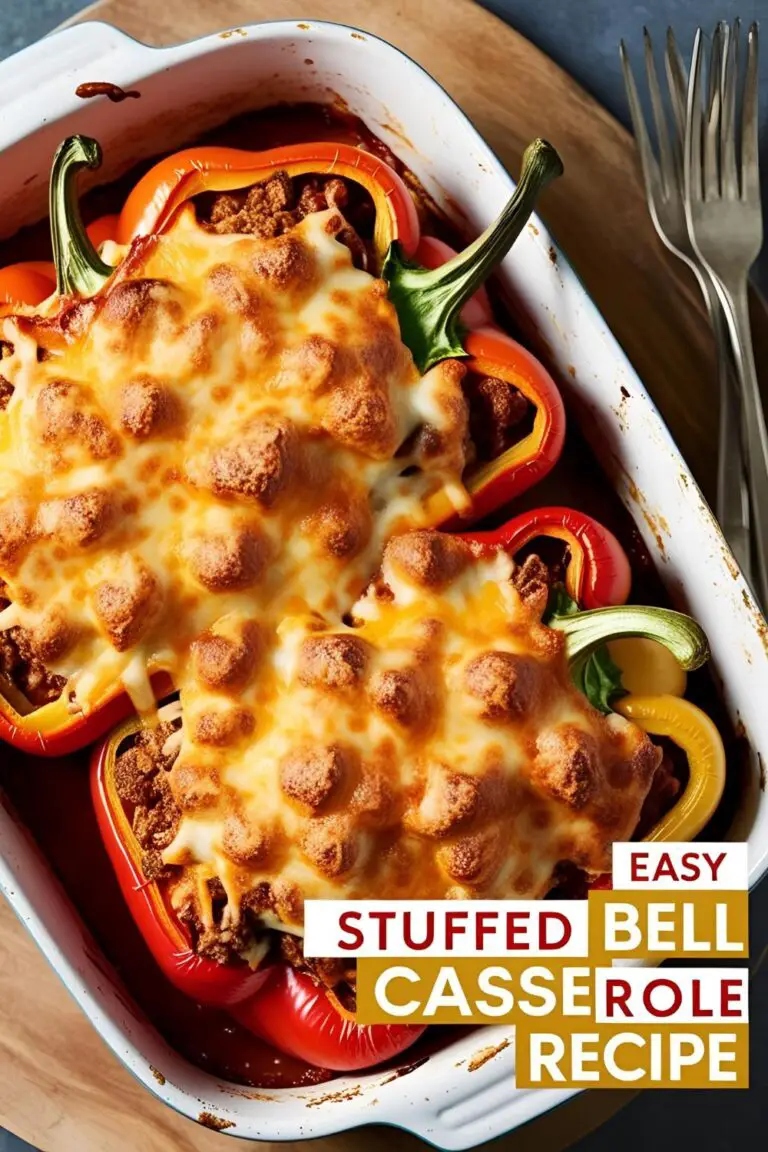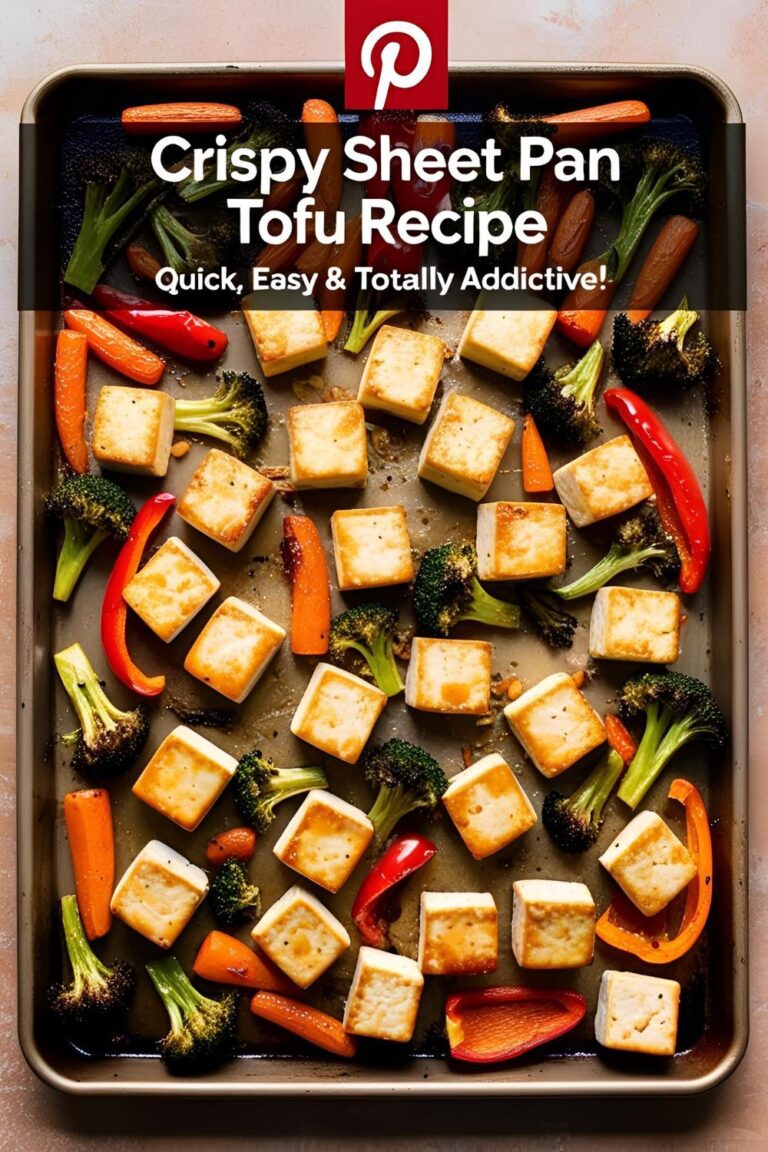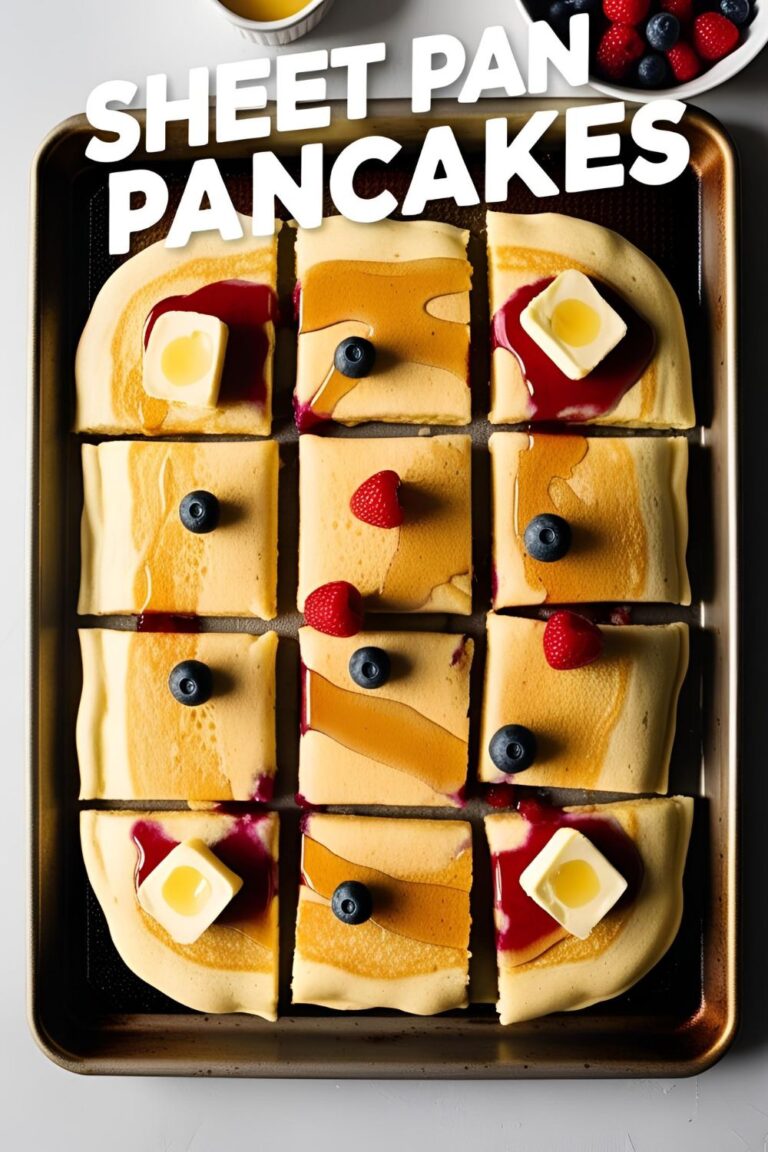Sheet Pan Bibimbap: The Lazy Gourmet’s Secret Weapon
Let’s be honest: traditional bibimbap is a whole production. Multiple pans. Dozens of ingredients. The stovetop looking like a war zone. Who has the time (or patience)? Enter: sheet pan bibimbap — the chaotic good of Korean comfort food. Same bold flavors, same jaw-dropping presentation, but made for the modern, semi-lazy (yet still fabulous) foodie.
Imagine throwing everything onto a single sheet pan and letting the oven do its magic. No standing at the stove flipping mushrooms or babying your carrots. Just one pan, one oven, one ridiculously flavorful meal. You in?
Why This Recipe Is Basically a Weeknight Superhero
Besides the fact that it tastes like it came from a fancy Korean bistro, sheet pan bibimbap is:
- Easy AF — chop, toss, roast, eat.
- Gorgeous — yes, your dinner is Instagrammable.
- Customizable — perfect for picky eaters, plant lovers, or meatheads.
- Meal-prep friendly — make once, eat twice (or thrice).
- High-flavor, low-effort — the holy grail of weeknight cooking.
Oh, and it impresses guests. Like, “Whoa, you made this?” kind of energy.
Ingredients You’ll Need (and Love)
- 2 cups cooked white or brown rice (leftover rice = best rice)
- 2 medium carrots, julienned
- 1 zucchini, sliced thin
- 1 cup shiitake mushrooms, stems removed, sliced
- 1 red bell pepper, thinly sliced
- 1 cup bean sprouts
- 1-2 eggs (or one per serving)
- 2 tablespoons sesame oil
- 2 tablespoons soy sauce (or tamari for gluten-free)
- 1 tablespoon gochujang (Korean chili paste — the real MVP)
- 1 teaspoon sugar
- 2 cloves garlic, minced
- 1 teaspoon sesame seeds
- Green onions, for garnish
- Kimchi (optional, but highly recommended)
Substitute Tips:
- No gochujang? Mix sriracha with a little miso or soy sauce.
- Use tofu, tempeh, or shredded chicken for protein.
- Quinoa instead of rice? Get wild.
Tools & Kitchen Gadgets You’ll Want (Aka Your Excuse to Shop on Amazon)
- Large sheet pan (non-stick or lined with parchment)
- Cutting board and sharp knife
- Mixing bowls
- Spatula or wooden spoon
- Measuring spoons
- Oven mitts (because safety first, sass second)
- Optional: rice cooker for that perfect fluffy base
- Optional: silicone brush for oiling the pan
Step-By-Step Instructions (Let’s Make Magic)
- Preheat your oven to 425°F. Get that heat going while you chop.
- Chop your veggies like you’re in a cooking show. Thin and pretty.
- Toss veggies (except bean sprouts) with sesame oil, soy sauce, garlic, and sugar in a big bowl. Don’t be stingy with the seasoning.
- Spread veggies evenly on your sheet pan. Keep ’em somewhat separated if you’re going for that photogenic bibimbap look.
- Roast for 15-20 minutes, flipping halfway. You want caramelized edges and tender middles. Perfection.
- In the last 5 minutes, add your bean sprouts and carefully crack eggs on top. Watch them bake into gooey glory.
- Meanwhile, warm your rice and get your garnishes (green onions, sesame seeds, kimchi) ready.
- Remove the pan, marvel at your brilliance, and assemble your bowls. Rice on the bottom, roasted veggies, egg on top, drizzle of gochujang. Optional dramatic slow-mo pour.
Calories & Nutritional Info (Because We’re Adults Now)
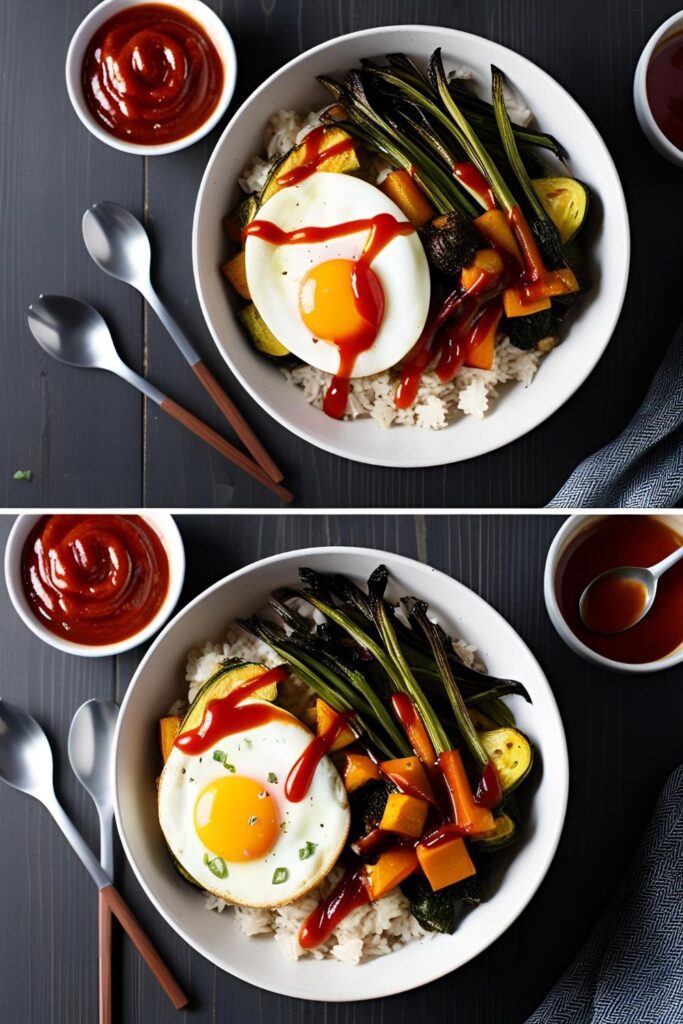
- Calories: ~450 per serving
- Protein: 12g
- Fat: 16g
- Carbs: 55g
- Fiber: 6g
- Bonus points: Packed with vitamins A & C, iron, and soul-satisfying umami.
Common Mistakes to Avoid (Because We’ve All Been There)
- Overcrowding the pan — your veggies deserve space to roast, not steam.
- Skipping the sauce — gochujang is non-negotiable unless you enjoy bland sadness.
- Overcooking the eggs — runny yolk = sauce built-in.
- Forgetting the rice — yes, it’s happened.
Variations & Customizations (Make It Your Own, Babe)
- Spicy edition: Add sliced jalapeños or drizzle with chili crisp.
- Keto-friendly: Swap rice for cauliflower rice.
- Vegetarian/vegan: Ditch the egg and sub in crispy tofu or tempeh.
FAQ Section (Real Questions from Real Hungry Humans)
1. Can I make sheet pan bibimbap ahead of time?
Absolutely. Roast everything and keep it in containers. Assemble and reheat as needed.
2. What can I use instead of gochujang?
Try sriracha + soy sauce + a tiny splash of vinegar. Still brings the heat.
3. Is bibimbap eaten hot or cold?
Hot is traditional, but you do you. Cold works too, especially for leftovers.
4. Can I add meat?
Oh yes. Thinly sliced beef, shredded chicken, even ground pork work great. Cook before adding.
5. Is this gluten-free?
Use tamari instead of soy sauce and double-check your gochujang.
6. Can I use different veggies?
Heck yeah. Cabbage, spinach, green beans, anything that roasts well.
7. How do I store leftovers?
Keep everything in separate containers. Reheat in the microwave or on a skillet for best texture.
Final Thoughts: Bowls of Joy, Made Simple
Sheet pan bibimbap is like the cool, low-maintenance cousin of traditional bibimbap. Still beautiful, still packed with flavor, but way less work. It’s the kind of meal that makes you feel like you’ve got your life together, even if your laundry pile says otherwise.
Now go forth and roast! And tag me in your creations so I can drool appropriately.Let’s be honest: traditional bibimbap is a whole production. Multiple pans. Dozens of ingredients. The stovetop looking like a war zone. Who has the time (or patience)? Enter: sheet pan bibimbap — the chaotic good of Korean comfort food. Same bold flavors, same jaw-dropping presentation, but made for the modern, semi-lazy (yet still fabulous) foodie.
Imagine throwing everything onto a single sheet pan and letting the oven do its magic. No standing at the stove flipping mushrooms or babying your carrots. Just one pan, one oven, one ridiculously flavorful meal. You in?

